If you live within a reasonable distance of Charlotte (or if you don’t but like to travel!), you’re invited to join me for my hometown’s only 10-mile race on Saturday, February 25. I’ll bundle up in purple, the color of Taylor’s Tale, and run in honor of my little sister on what will be a chilly morning. The 10-mile distance is my favorite – I run the Tar Heel 10 Miler in Chapel Hill, NC each April – but it’s rare, so I was ecstatic when I heard about the Charlotte 10 Miler.
If the thought of running 10 miles sounds miserable to you, don’t worry – the event will also feature a four-mile run. The four-miler will start at 7:30, about 10 to 15 minutes prior to the headliner. Both races will begin by Urban Active in Ballantyne and follow south Charlotte’s McMullen Greenway to Four Mile Creek along gorgeous paved trails; they’ll end at the Earthfare on N. Community House Road. So if you’re not a runner, at least you know where to cheer! 🙂
The Charlotte 10 Miler officially benefits the Crohn’s & Colitis Foundation’s Team Challenge and the American Cancer Society. You can add a third cause, Taylor’s Tale and the lives of children fighting Batten disease, to the list by joining me on race day. All in all, there are plenty of reasons to run on February 25:
- Support three amazing causes
- Running is great exercise
- Receive a free t-shirt if you register by Feb. 18 (everyone loves free t-shirts, right?)
- Hang out with me 🙂
To learn more about the race (and register), click here. To learn more about running for Taylor’s Tale, contact us. I hope to see you on race day!

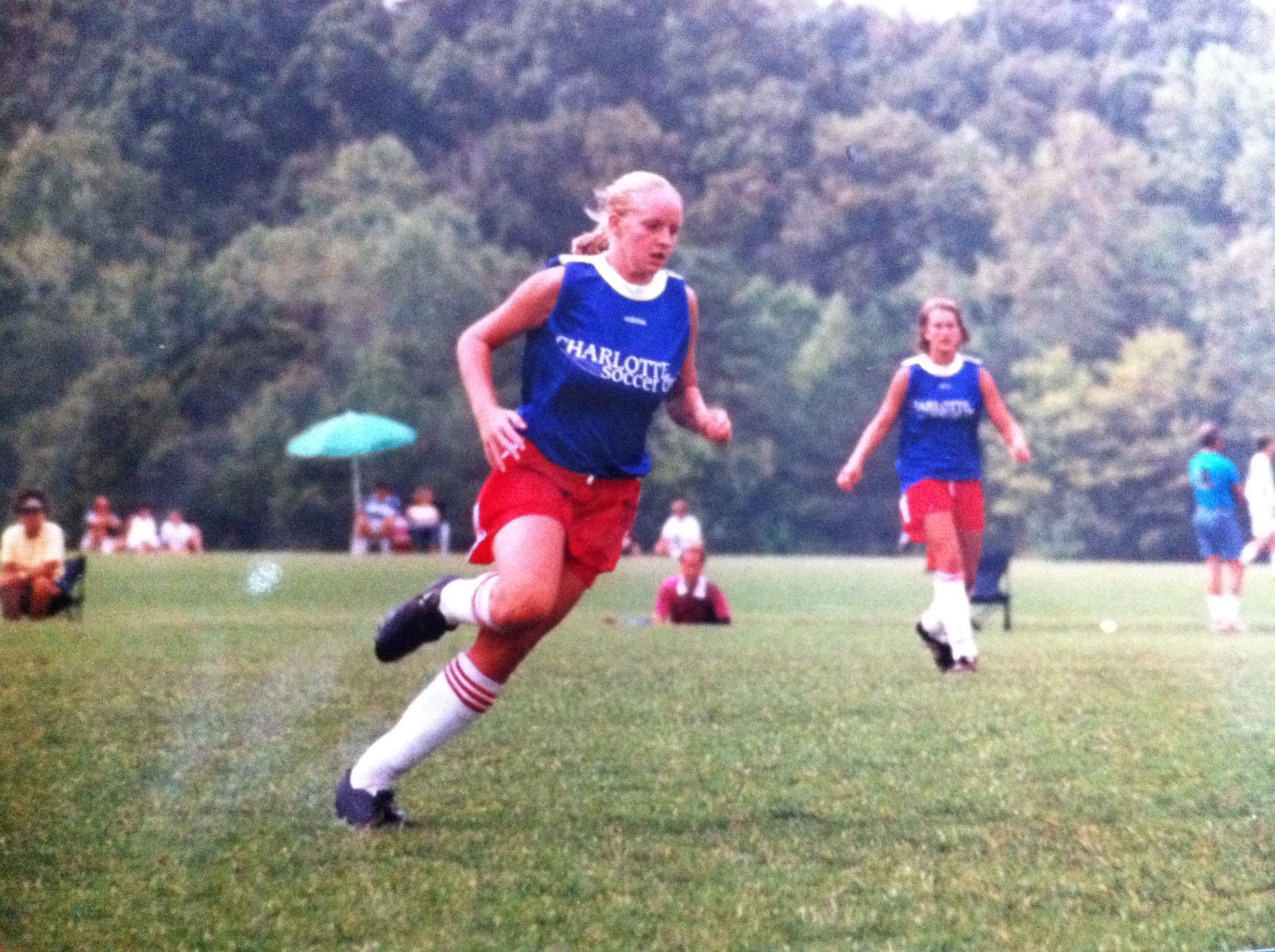
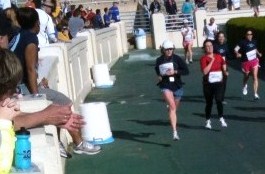
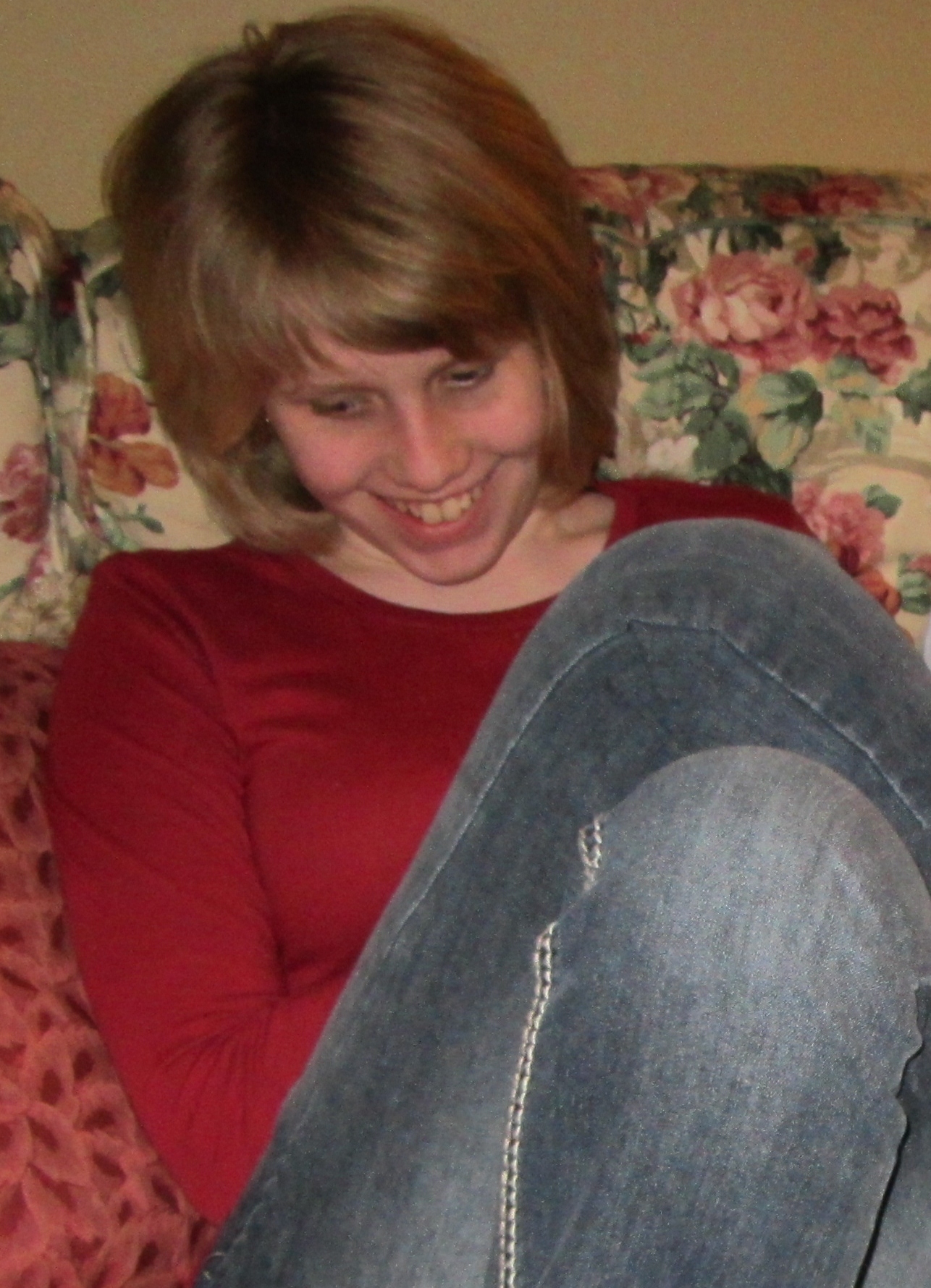
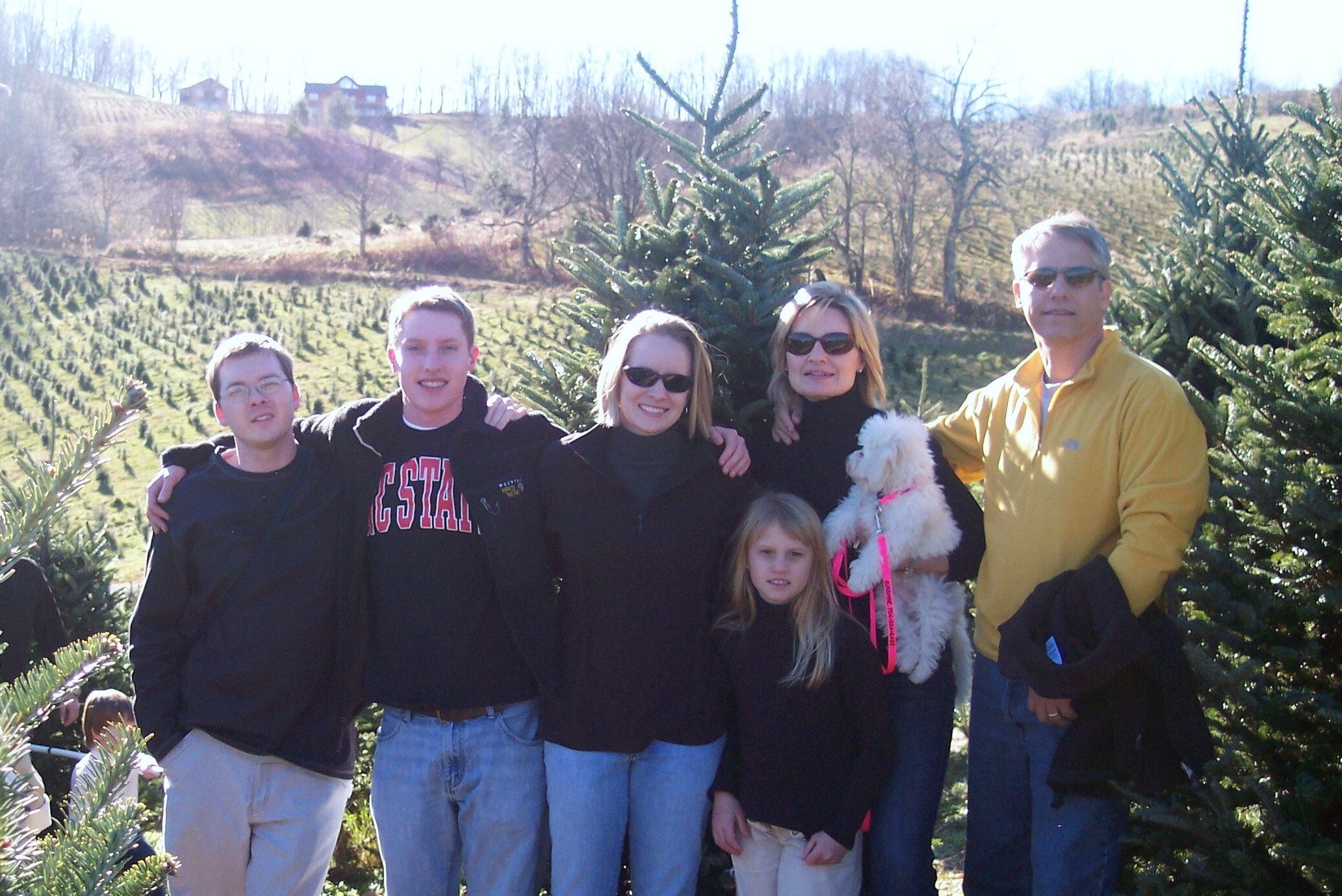
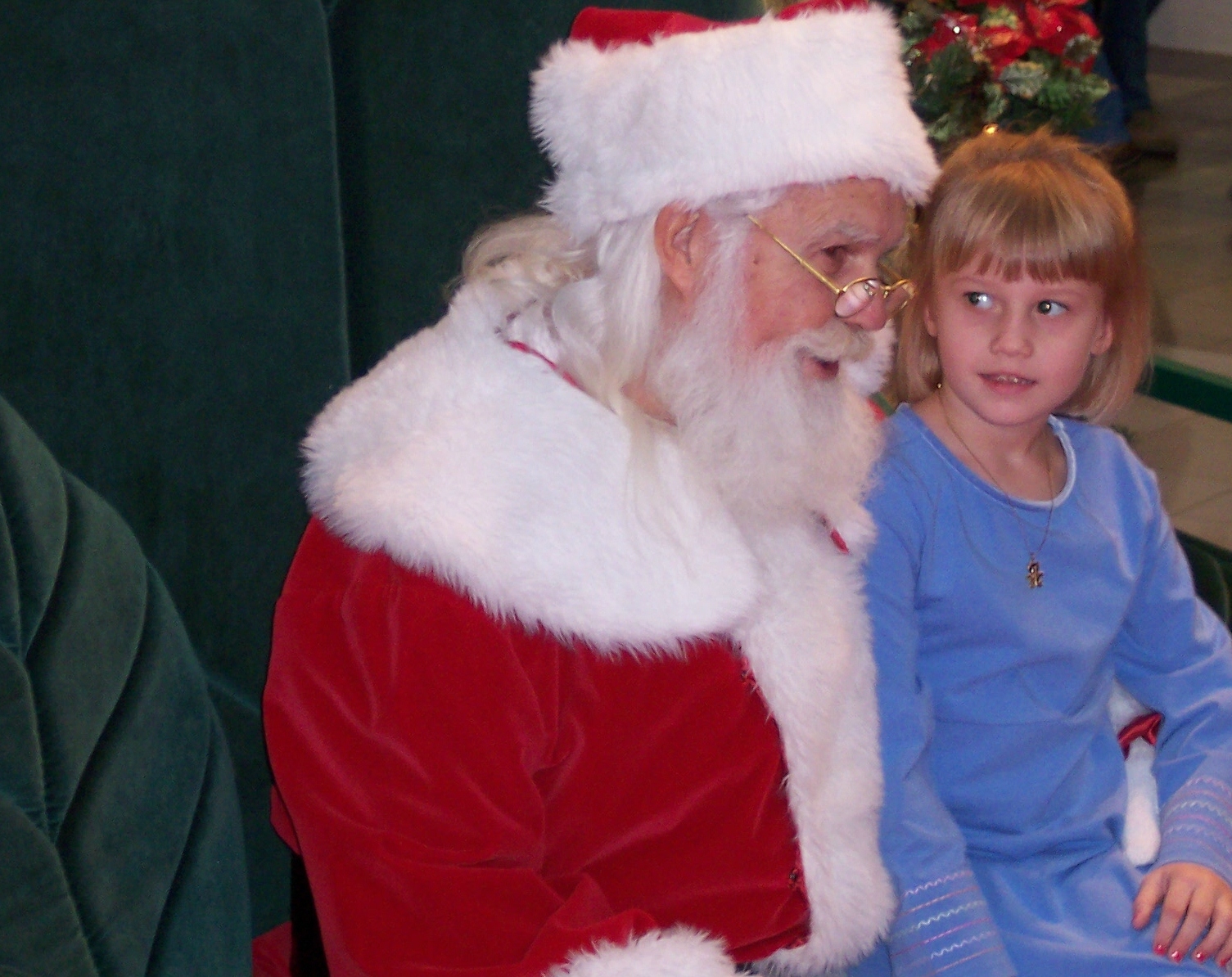
 I felt just as close to Him one day four months ago, when we hiked to a remote, glacier-carved lake in North Cascades National Park on the Canadian border. When I first laid eyes on that scene, I knew that only divine hands could have created something so wonderful.
I felt just as close to Him one day four months ago, when we hiked to a remote, glacier-carved lake in North Cascades National Park on the Canadian border. When I first laid eyes on that scene, I knew that only divine hands could have created something so wonderful.

